[ENG]
I believe that experiences are remembered more than beautiful landscapes, architectural monuments or works of art. Flavors, smells, emotions, or simply sensations are remembered much more strongly than anything else. One of the experiences that I will probably never forget is the experience I had after reaching the Iranian city of Yazd. The journey by air-conditioned bus from Isfahan to Yazd began early in the morning, when the temperature had not yet reached its maximum values. However, when we got off at the Yazd bus station at noon, after getting off the bus I felt a rush of heat that until then I had only known when I opened the oven. The wave of heat that burst into my face was surreal, but if you think about it more, there is nothing strange about it, because Yazd is located between the Great Salt Desert and the Lota Desert. It is one of the driest inhabited regions in the world, with an average annual rainfall of 60 mm and the average daily temperature in July reaching 40 degrees Celsius. Where can we get water in such a desert? Oh, that's easy! All you need to do is build a network of waterworks connecting the city with nearby mountain peaks. And how to keep the city cool? Well, it's enough to build houses equipped with badgirs, which was a form of air conditioning at that time. These characteristic buildings resemble towers in shape and work in such a way that they catch the wind and compress it, forcing it into the room. After entering the living room, the compressed wind expands, and thus, in accordance with the principles of gas transformation, its temperature decreases. A similar rule applies when applying deodorant. Then the expanding gas is also very cold. Currently, numerous badgirs still cool the apartments of Yazdczyks, but they also constitute one of the dominant elements of the city's landscape.
[PL]
Uważam, że mocniej niż piękne krajobrazy, zabytki architektury czy dzieła sztuki zapamiętuje się doznania. Smaki, zapachy, emocje, czy po prostu odczucia zapadają w pamięci dużo mocnej niż cokolwiek innego. Jednym z takich doznań, którego chyba nigdy nie zapomnę jest doznanie jakie towarzyszyło mi po dotarciu do Irańskiego miasta Yazd. Podróż klimatyzowanym autobusem z Isfahanu do Yazd rozpoczęła się wczesnym porankiem kiedy to temperatura nie zdążyła jeszcze osiągnąć swoich maksymalnych wartości. Natomiast gdy w samo południe wysiadaliśmy na dworcu autobusowym Yazd to po wyjściu z autokaru poczułem uderzenie ciepła które do tamtej pory znałem tylko i wyłącznie z momentu otwierania piekarnika. Fala ciepła jaka buchnęła mi w twarz była surrealistyczna, ale gdyby się nad tym mocniej zastanowić, to nic dziwnego w tym nie ma, ponieważ Yazd położone jest pomiędzy Wielką Pustynią Słoną i Pustynią Lota. Jest to jedno z najbardziej suchych zamieszkanych rejonów świata, ze średnią roczną sumą opadów 60 mm i średniodobowa temperatura w lipcu dochodząca do 40 st. C. Skąd na takiej pustyni pozyskać wodę ? A no proste! Wystarczy zbudować sieć wodociągów łączących miasto z pobliskimi szczytami górskimi. A jak zapewnić chłód w mieście ? A no wystarczy zbudować domy wyposażone w badgiry, czyli ówczesną formę klimatyzacji. Te charakterystyczne budowle kształtem przypominają wieże i działają w taki sposób, że wyłapują wiatr i sprężają go wtłaczając do wnętrza pomieszczenia. Sprężony wiatr po dostaniu się do pomieszcznia mieszkalnego ulega rozprężeniu, a tym samym zgodnie z zasadami przemiany gazową spada jego temperatura. Podobna zasada obowiązuje w momencie psikania dezodorantem. Wówczas również rozprężający się gaz jest bardzo zimny. Obecnie liczne badgiry wciąż ochładzają mieszkania Yazdczyków, ale także stanowią jeden z dominujących elementów krajobrazu miasta.
[ENG]
The history of Yazd is 3,000 years old. The most important events in its history include the Arab invasion of Persia, as a result of which this city hidden in the desert became a shelter for Zoroastrians fleeing from forced conversion to Islam. Thanks to this, it is still one of the most important centers of this religion. Currently, only 110-120 thousand people profess Zoroastrianism, but despite this, in Yazd, in the temple of Zarathustra, a fire that has not gone out for fifteen hundred years, fueled by a peach tree, burns.
[PL]
Historia Yazd liczy już 3000 lat. Z ważniejszych wydarzeń w jego historii należy zaliczyć najazd arabów na Persję, w wyniku którego to schowane na pustyni miasto stało się schronieniem dla zaratusztrian uciekających przed przymusową konwersją na islam. Dzięki temu do dziś jest jednym z ważniejszych ośrodków tej religii. Obecnie Zaratusztrianizm wyznaje zaledwie 110 – 120 tysięcy ludzi, ale mimo to w Yazd w świątyni Zaratustry płonie niegasnący od tysiąca pięciuset lat ogień, podsycany drzewem brzoskwiniowym.
[ENG]
In modern Yazd, however, Zoroastrians are a significant minority. The majority are Shiite Muslims, but their symbols of faith dominate the city. One of them is a strange wooden leaf placed in the middle of Yazd's central square. It is a historic nakhl, which is the most important element of the celebration of Ashura, commemorating the martyrdom of Imam Hussein at Karbala. In the main square of the city, right in front of the Amir Chaghmagh temple complex, banners called Imam Hussein's fire are set on fire, symbolizing the banners of the imam's unit. This wooden leaf is called nachl and is 400 years old, making it the oldest structure of this type. On the day of the holiday, it is decorated with black fabrics and banners are raised by several hundred men who circle the square three times. Currently, approximately 500,000 people live in Yazd, and in 2017 the city was included on the UNESCO World Heritage List.
[PL]
We współczesnym Yazd zaratustrianie stanowią jednak znaczną mniejszość. Większością są muzułmanie szyiccy, których symbole wiary jednak dominują w mieście. Jednym z nich jest dziwny drewniany liść ustawiony na środku centralnego placu Yazd. Jest toz zabytkowy nachl, będący najważniejszym elementem obchodów święta Aszura, upamiętniającego męczeńską śmierć imama Husajna pod Karbalą. Na głównym placu miasta tuż przed kompleksem świątynnym Amir Chaghmagh podpalane są proporce zwane ogniem imama Husajna które symbolizują sztandary oddziału imama, Ten drewniany liść nazywany jest nachl i liczy 400 lat, co czyni go najstarszą tego typu konstrukcją. W dniu święta przybierany jest czarnymi tkaninami i chorągwiami jest podnoszony przez kilkuset mężczyzn i trzykrotnie okrążają plac. Obecnie w Yazd mieszka około 500 tysięcy mieszkańców, a w roku 2017 miasto zostało wpisane na listę światowego dziedzictwa UNESCO.
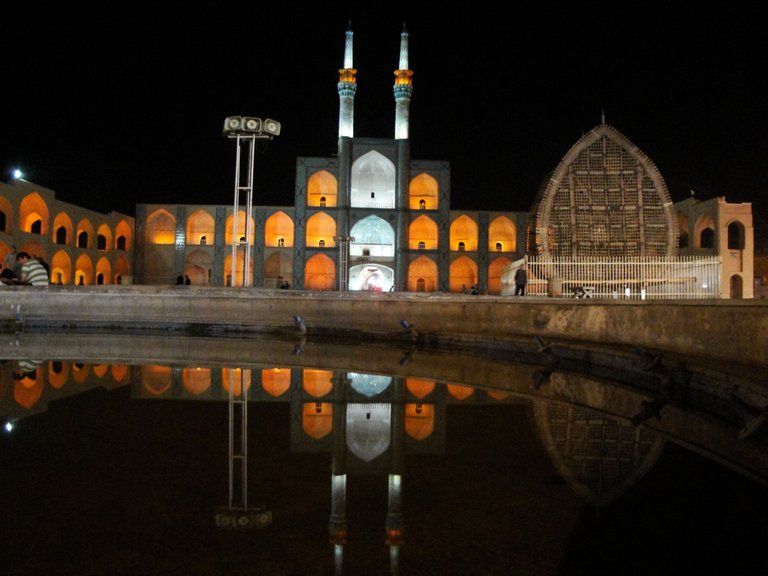
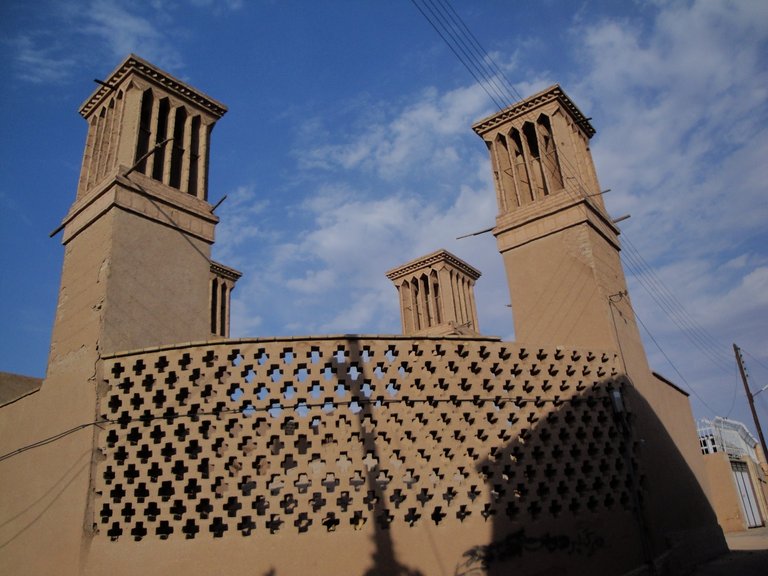
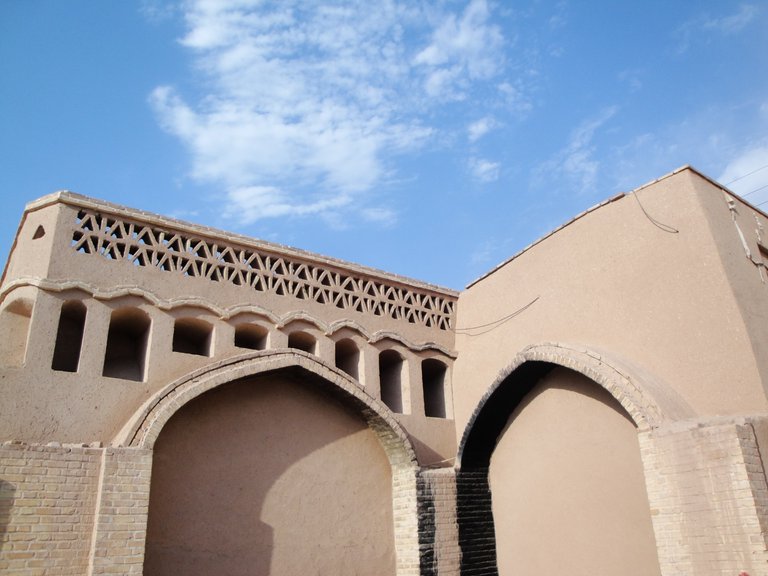
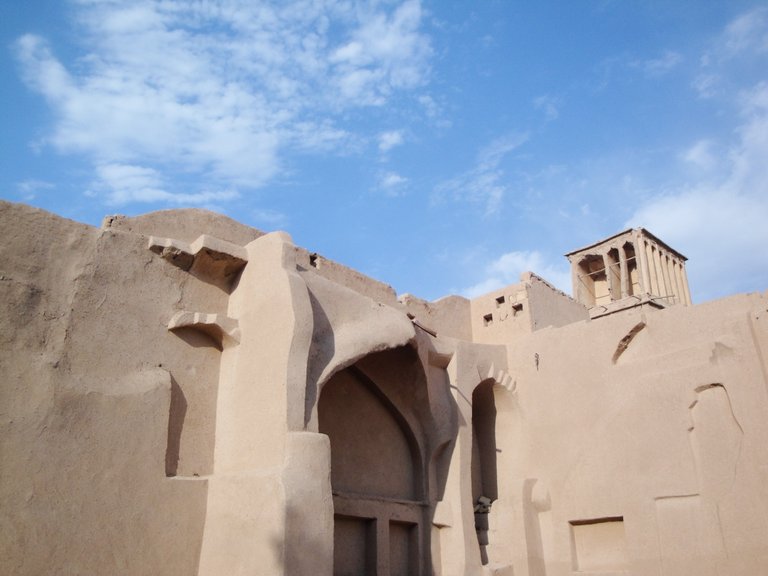

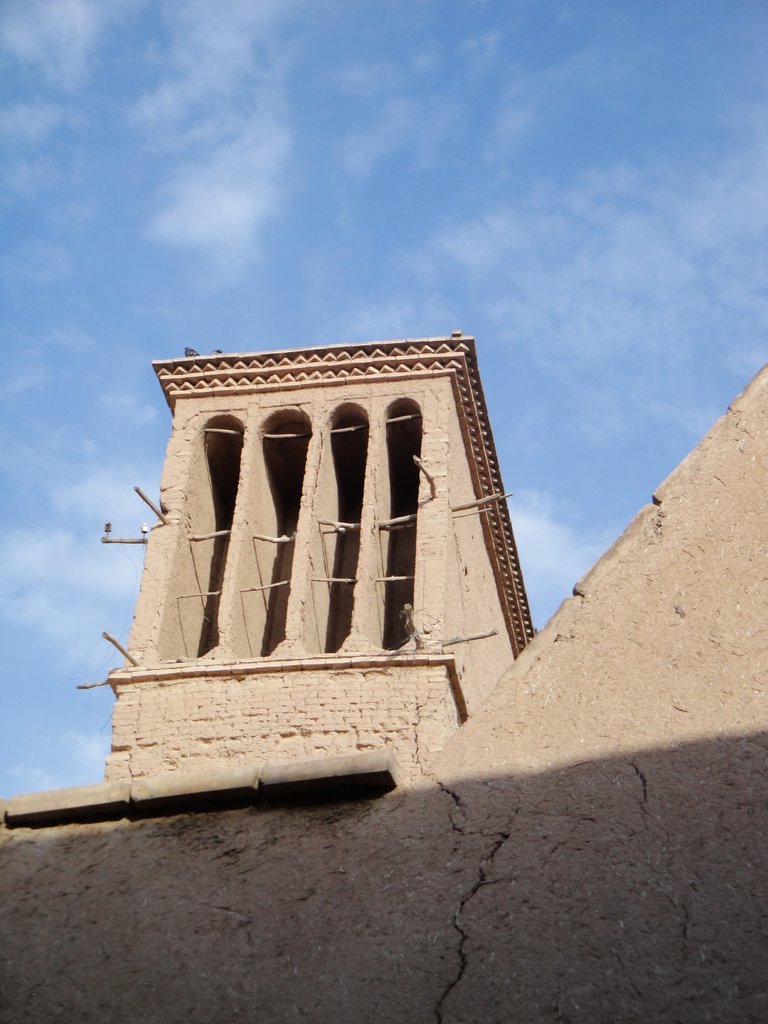
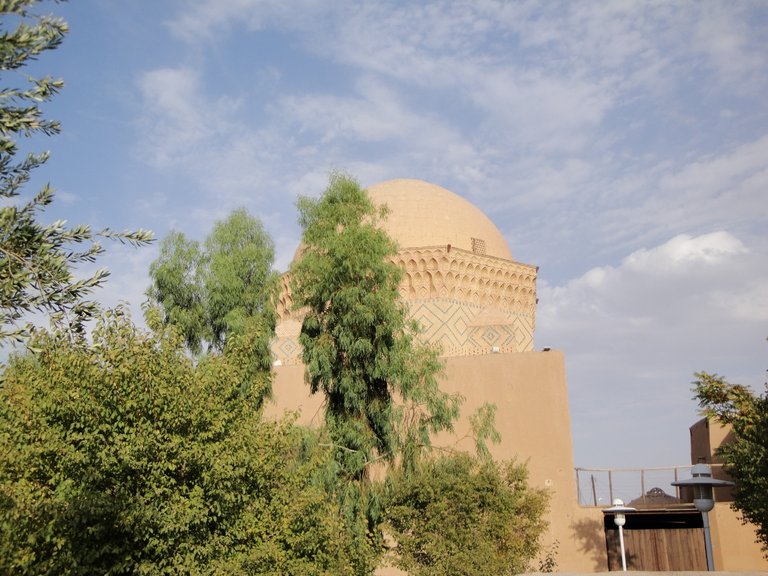

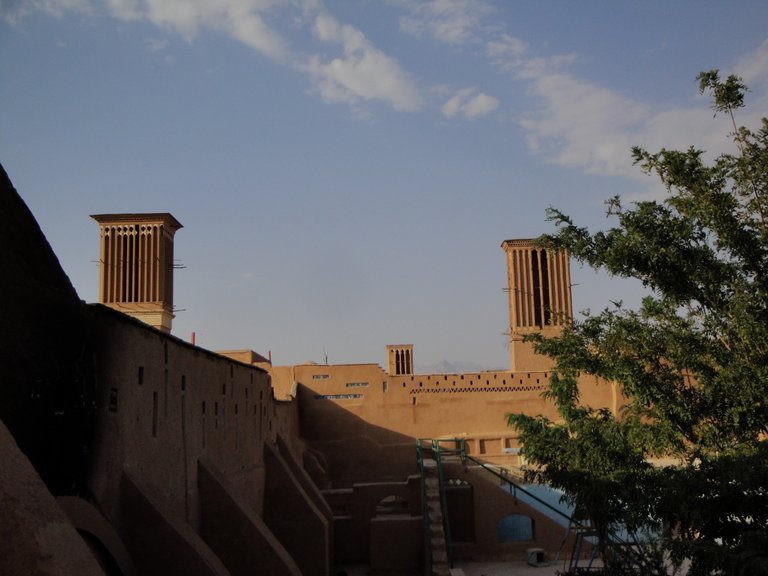
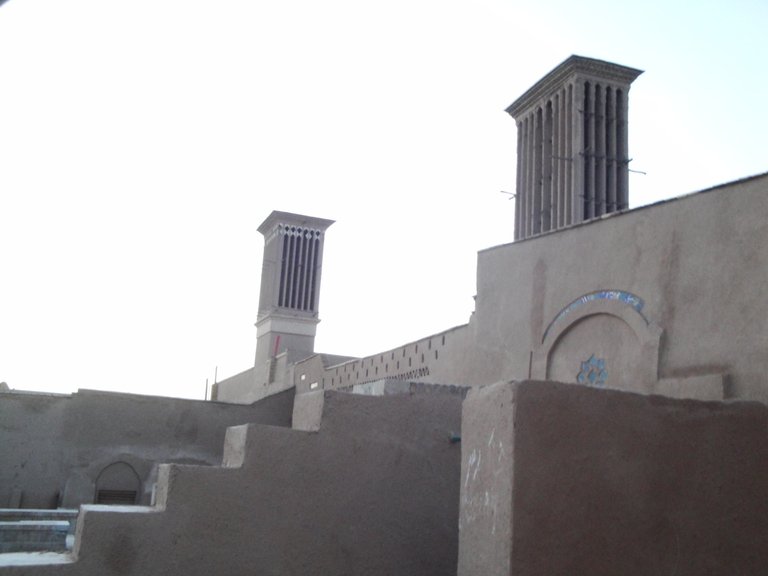
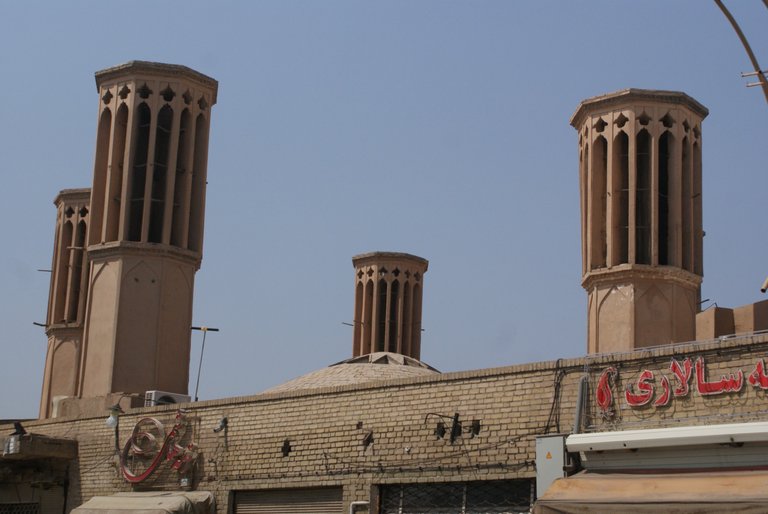



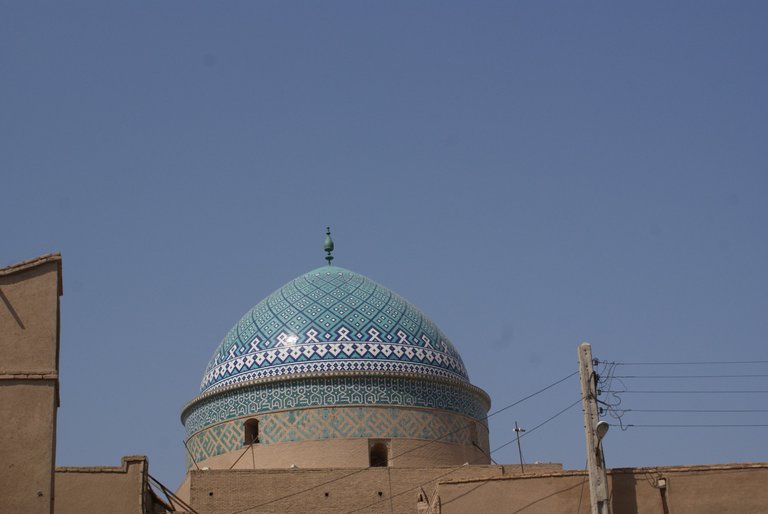
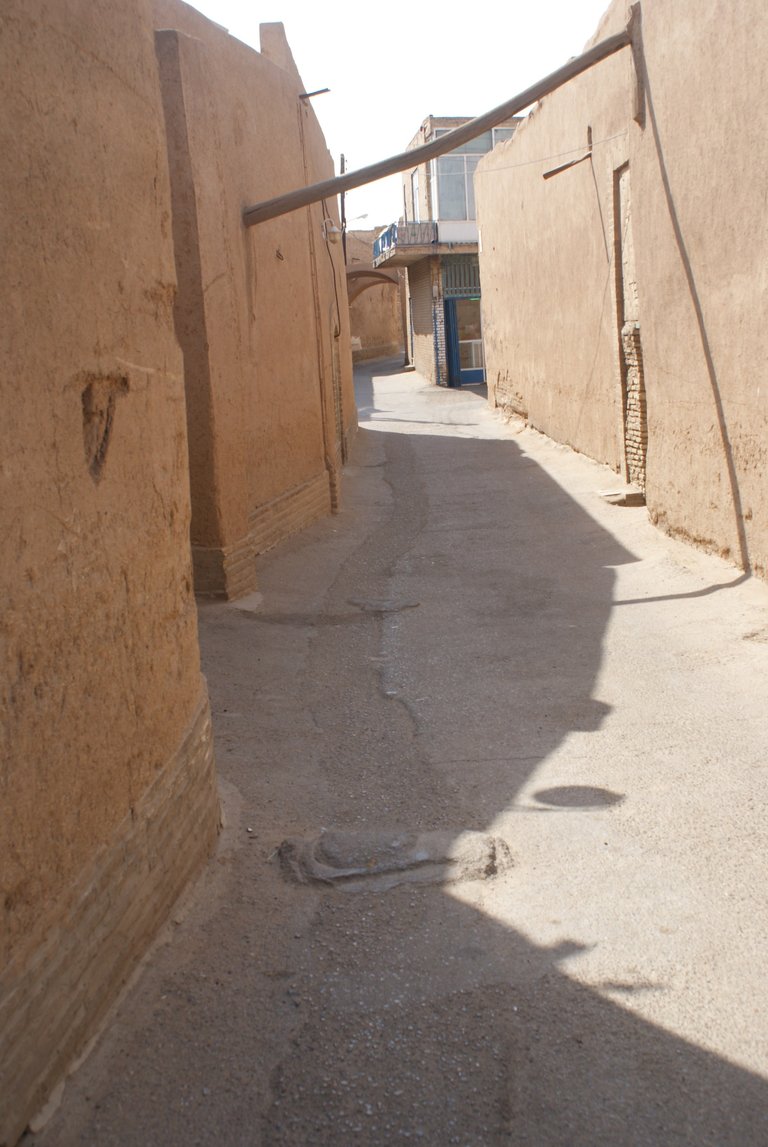
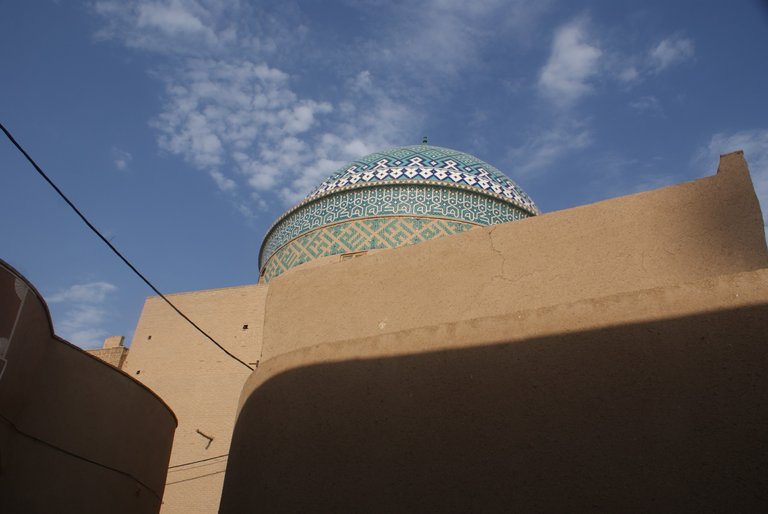
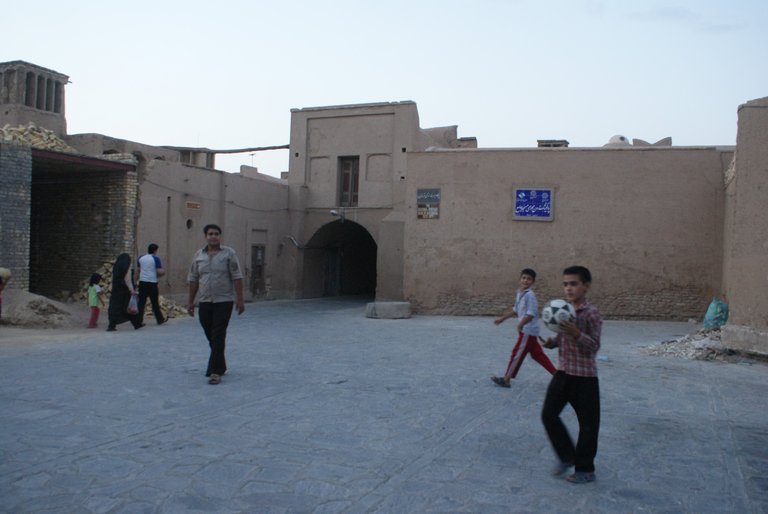
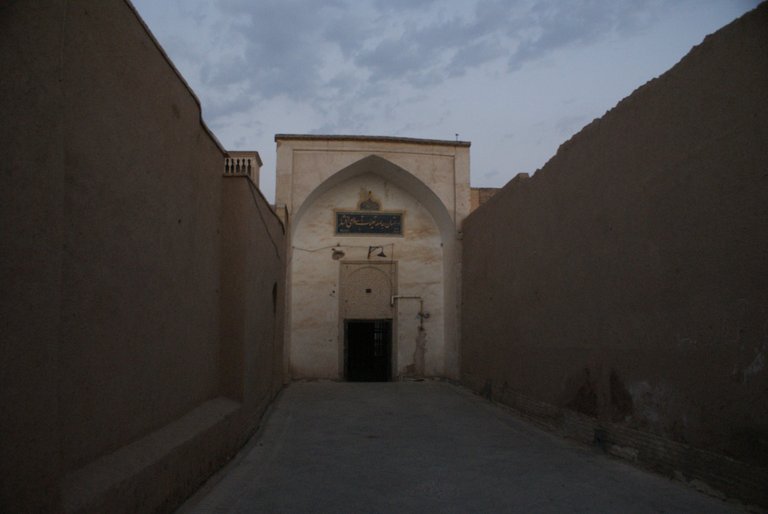



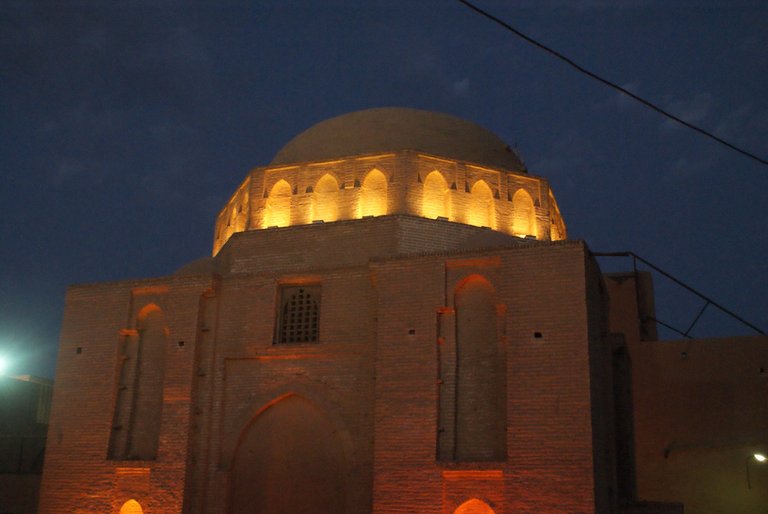
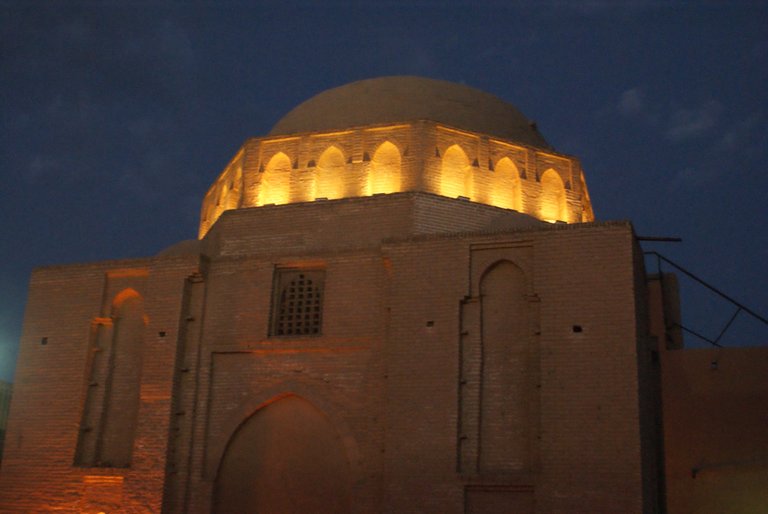
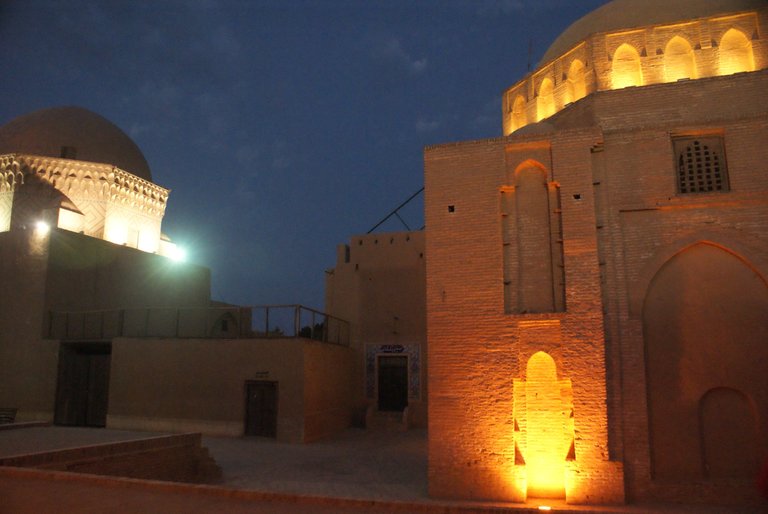
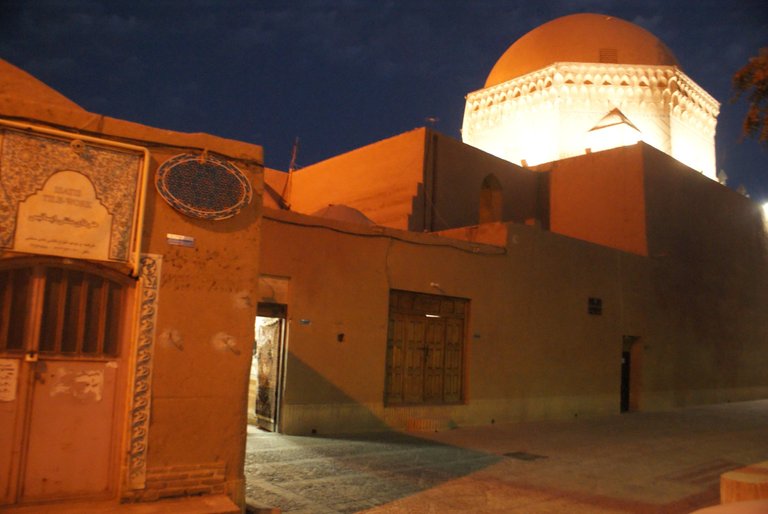
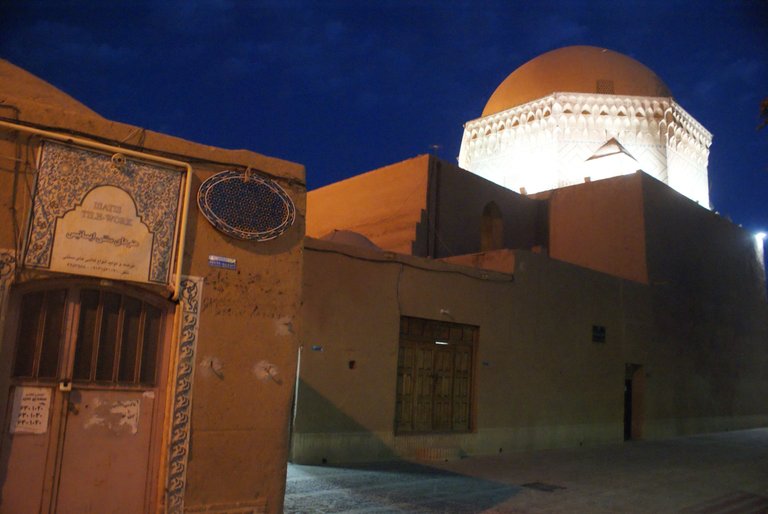
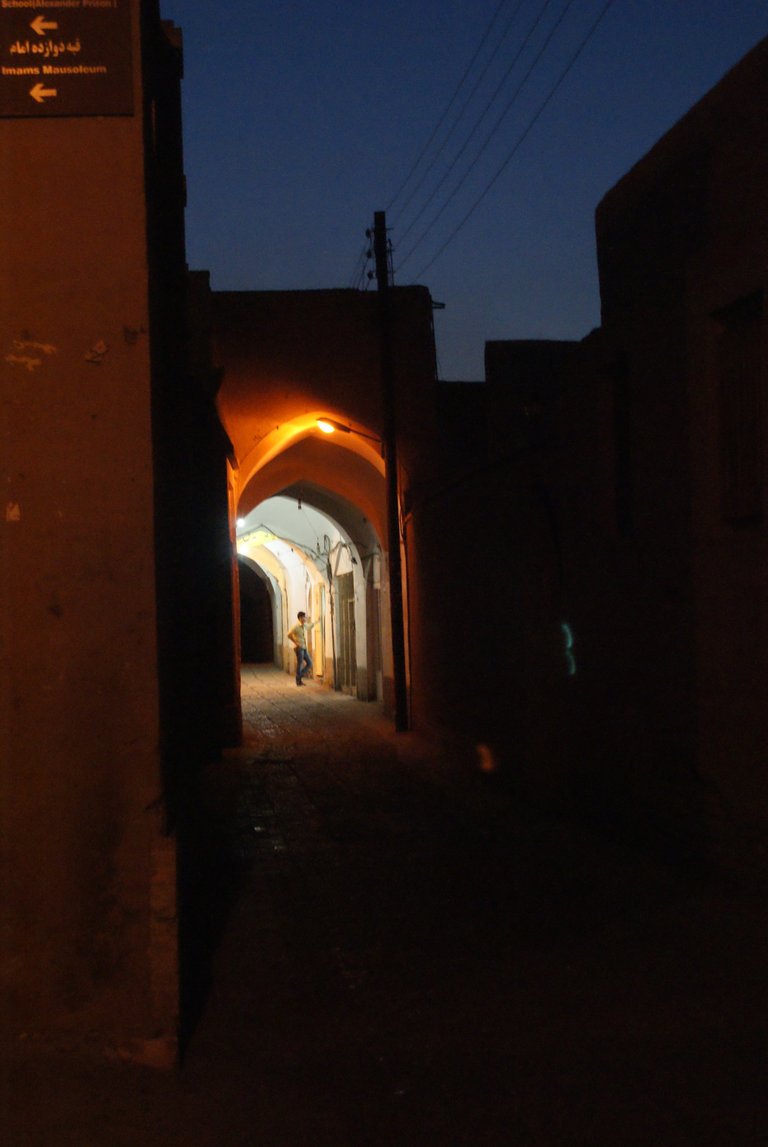
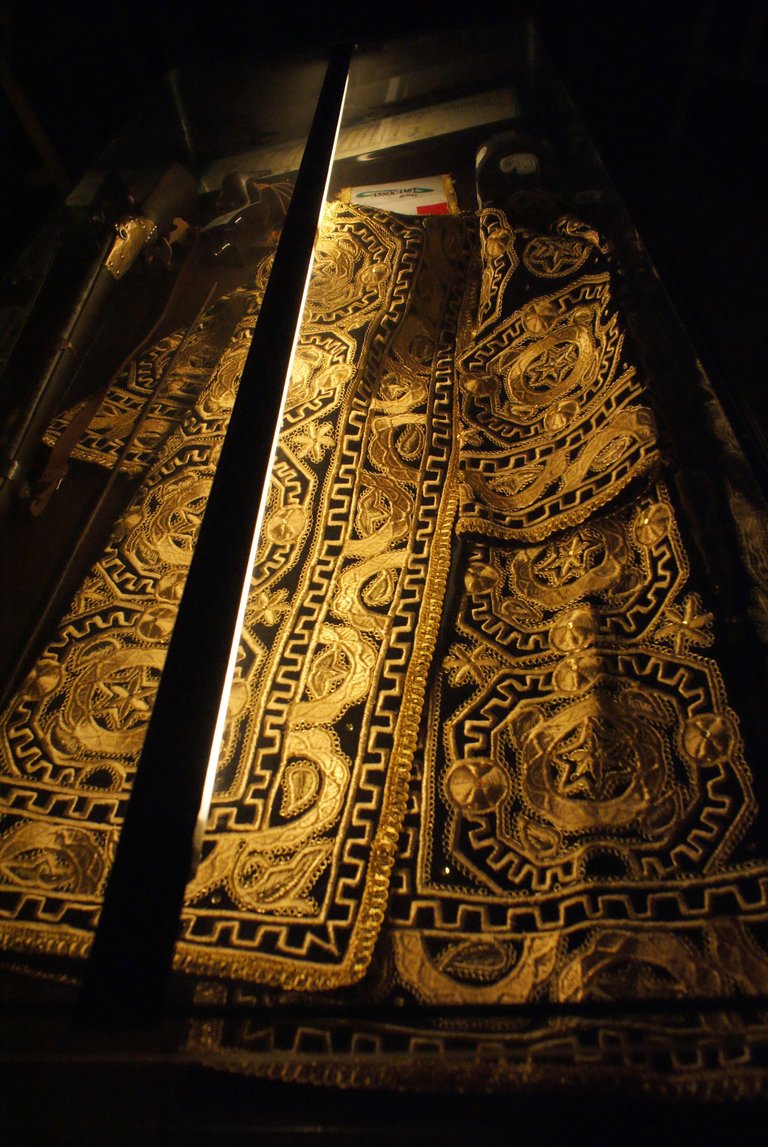

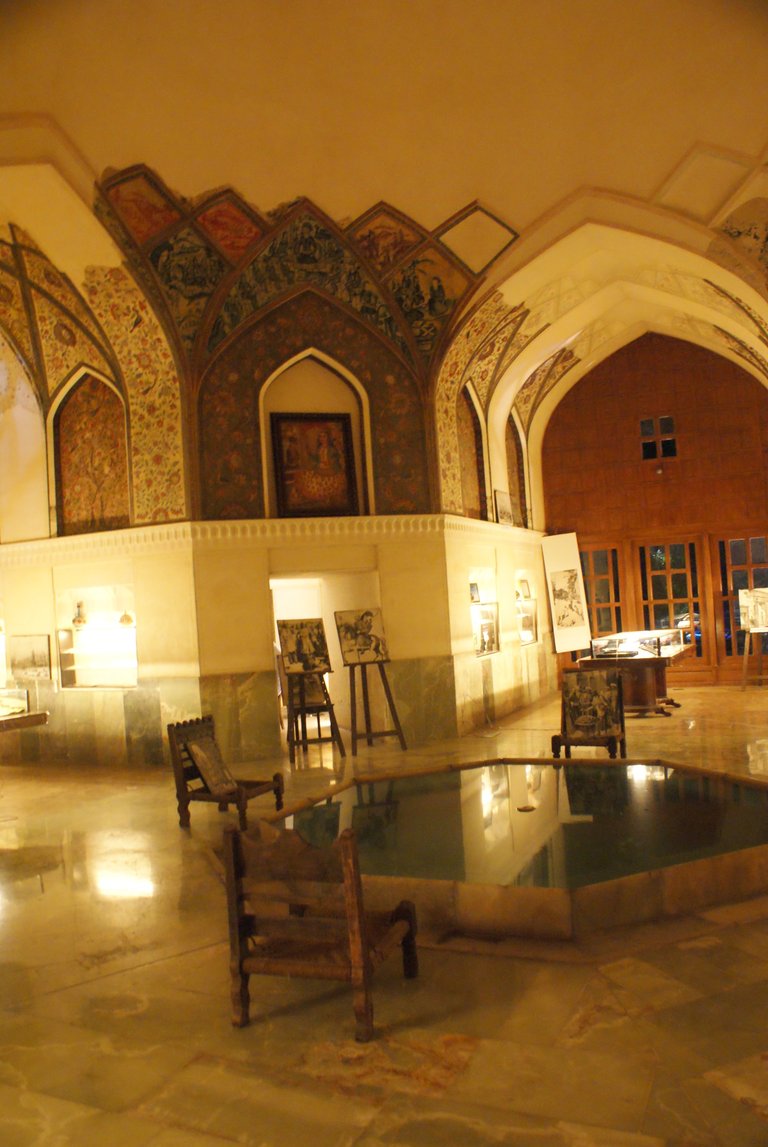
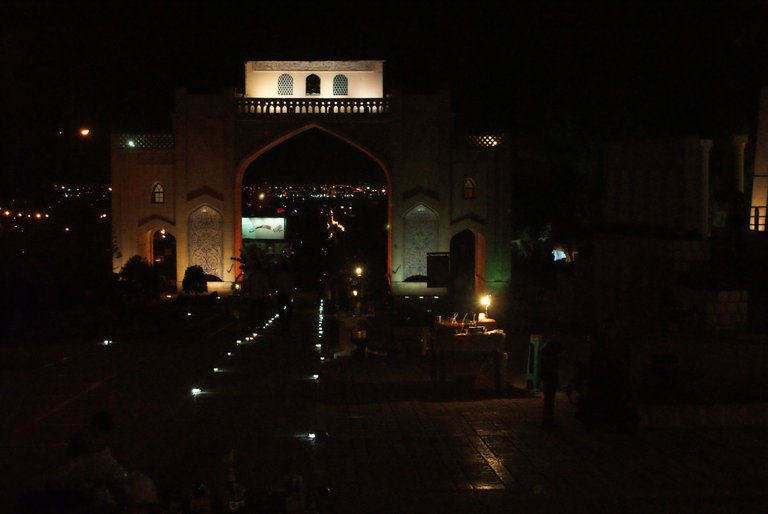
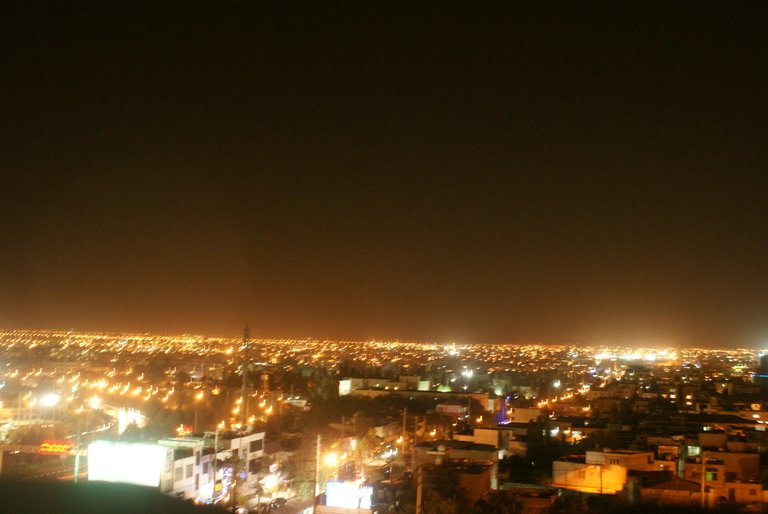

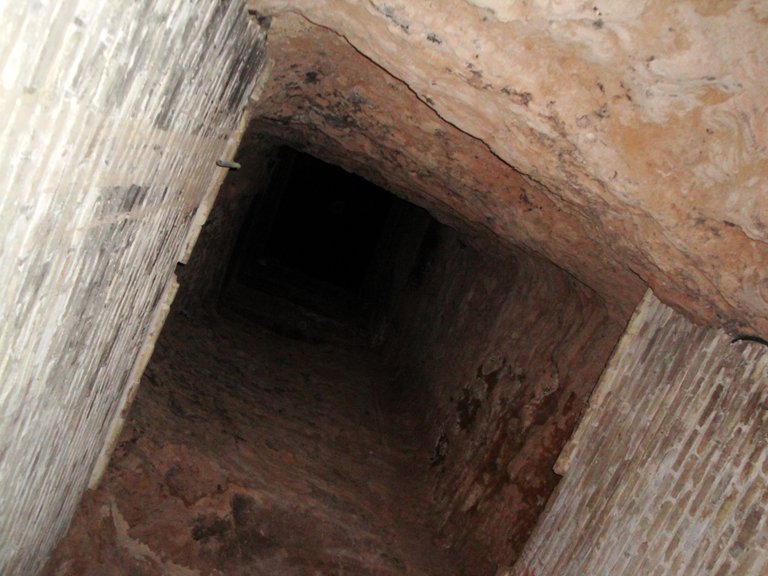
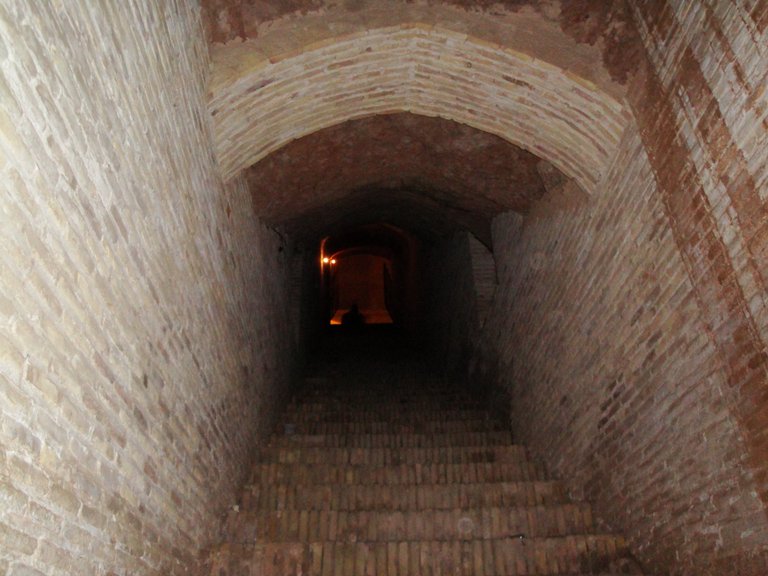

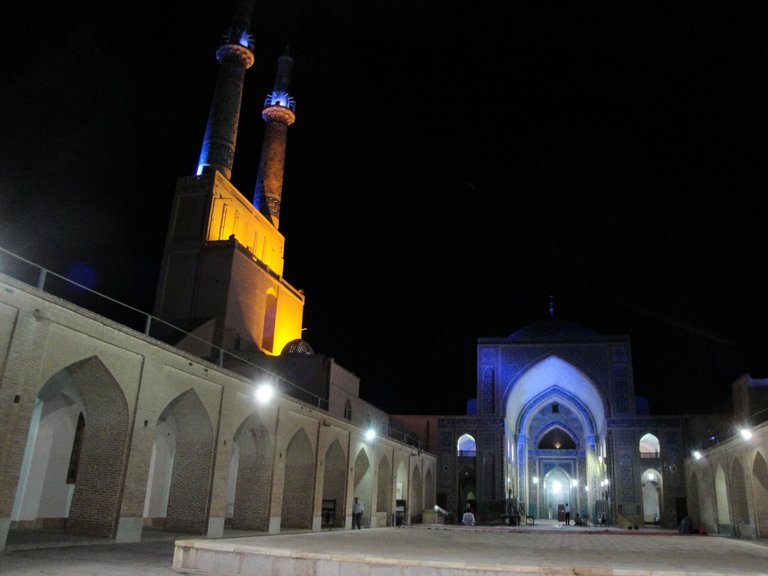
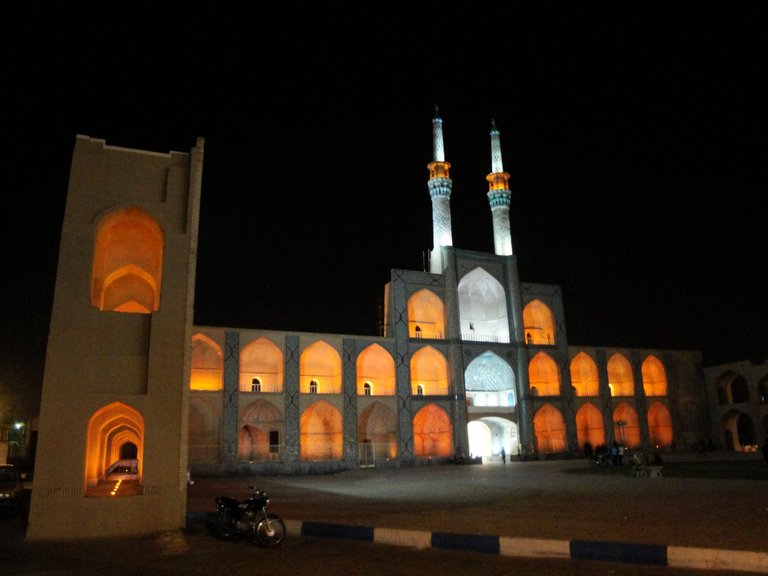
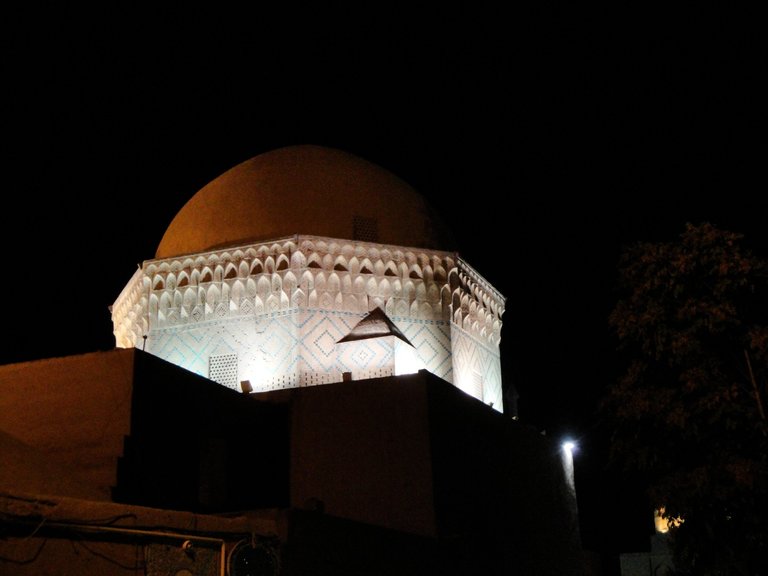
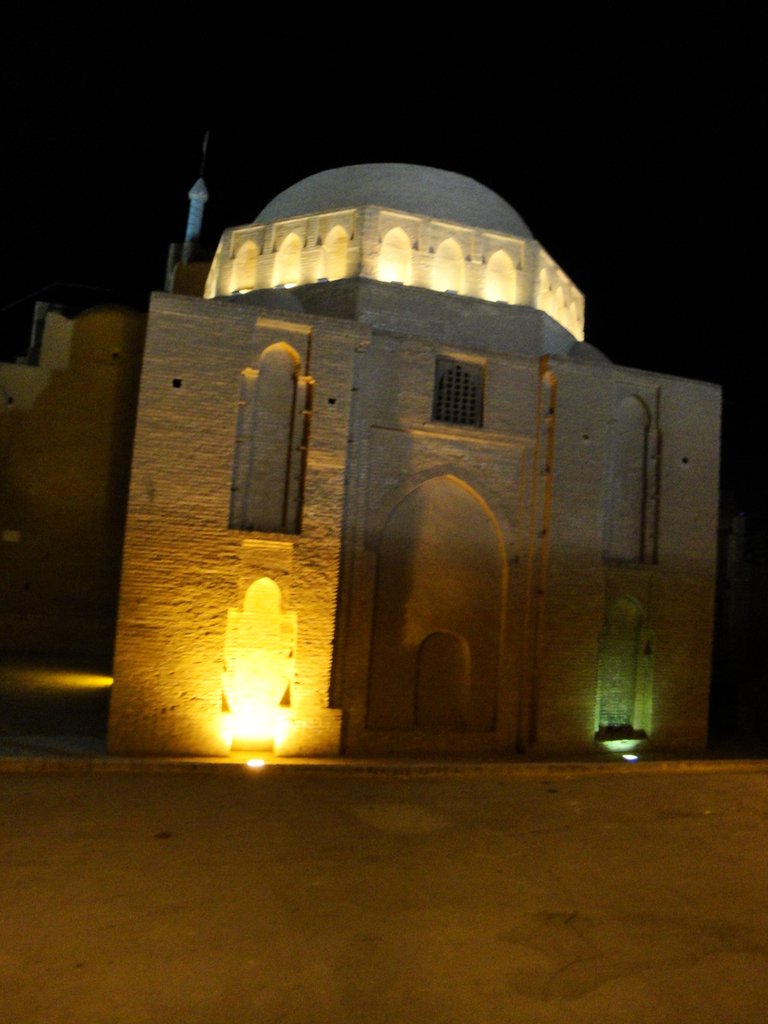
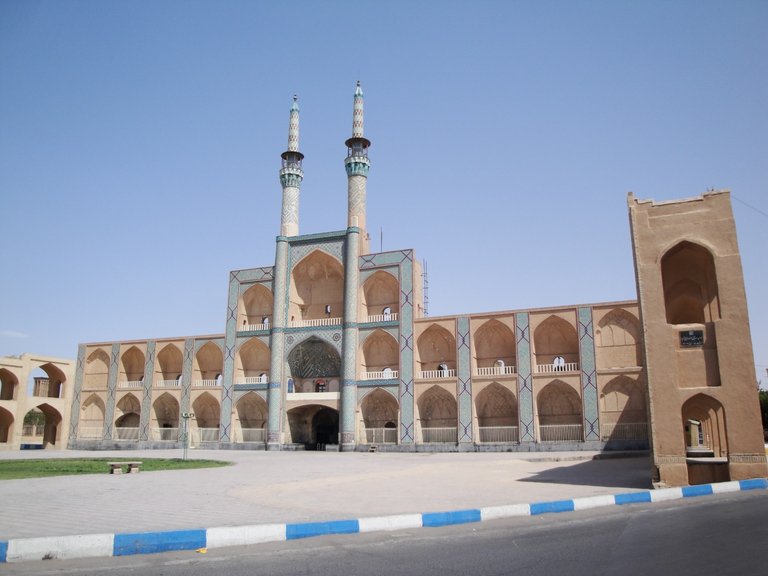
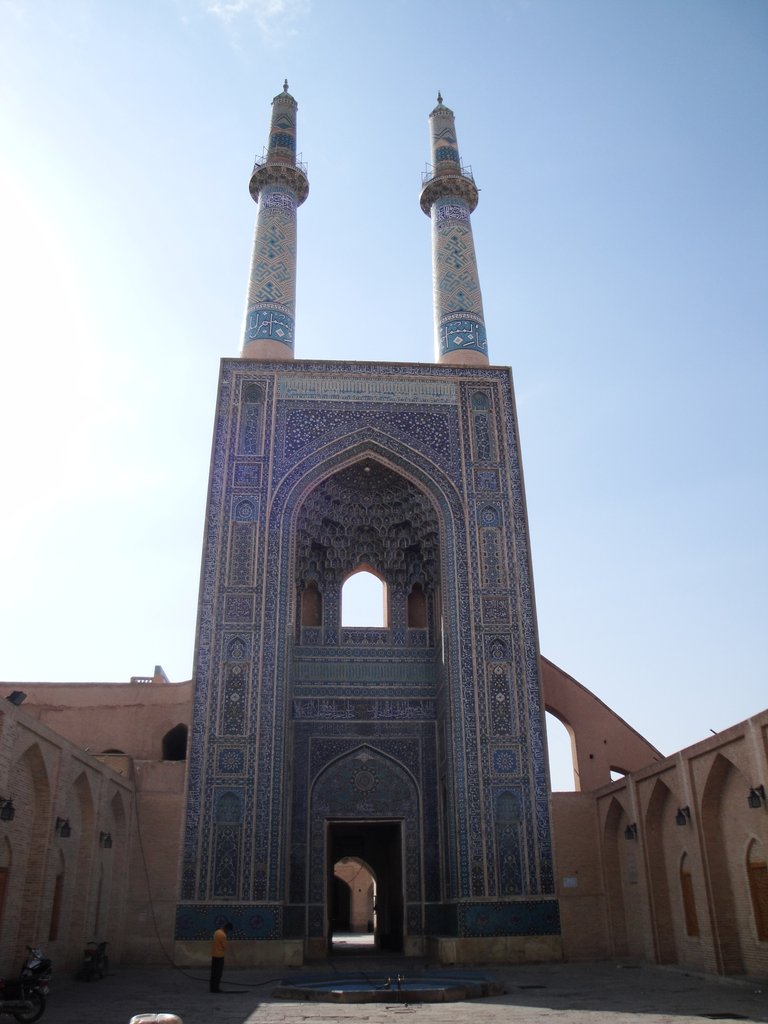


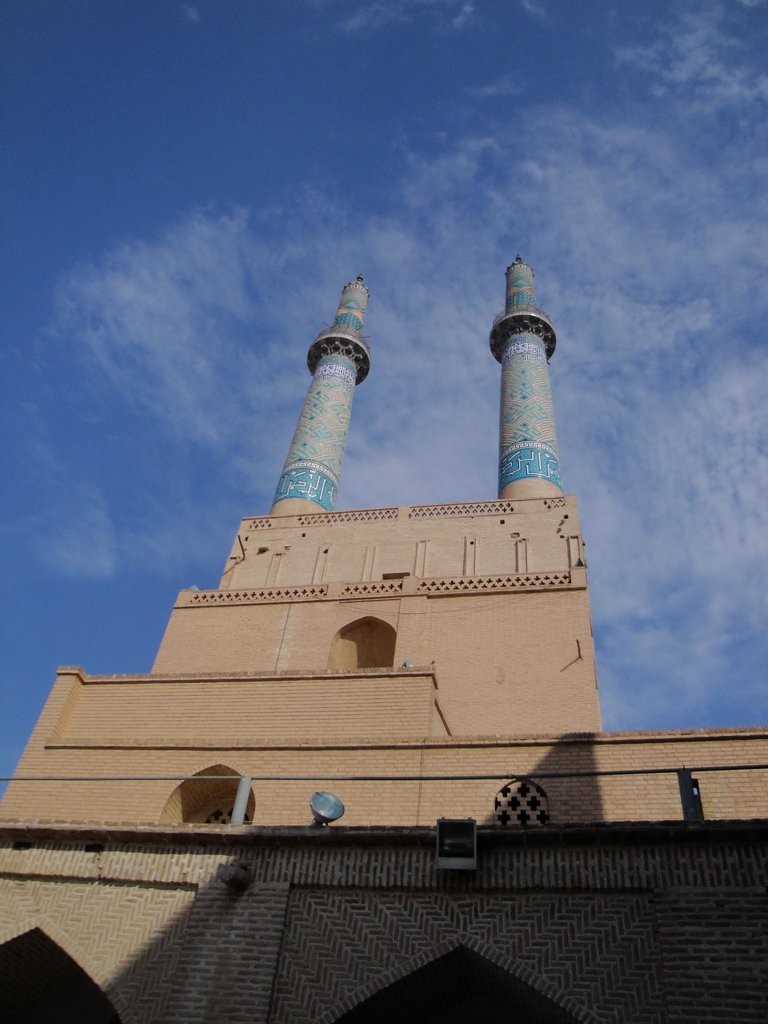

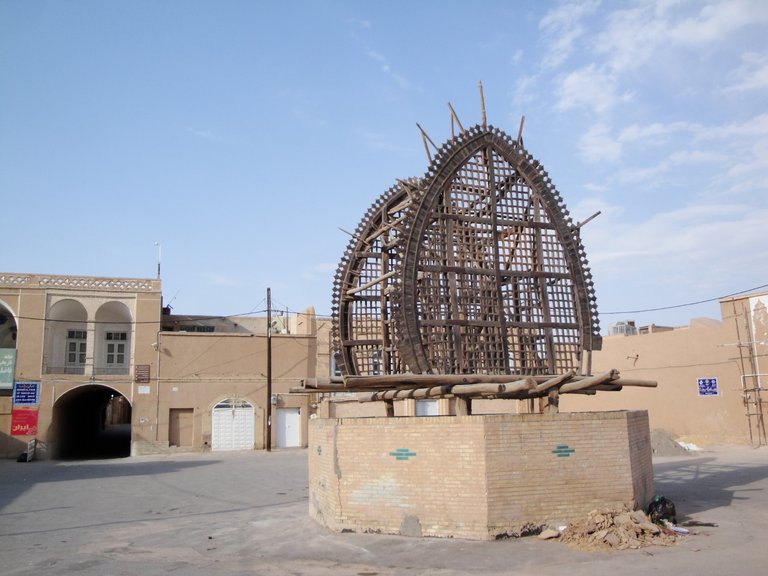
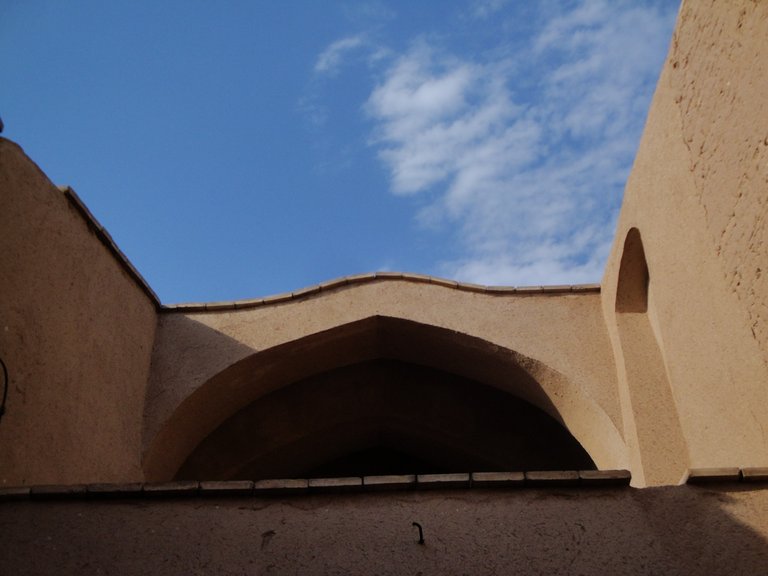
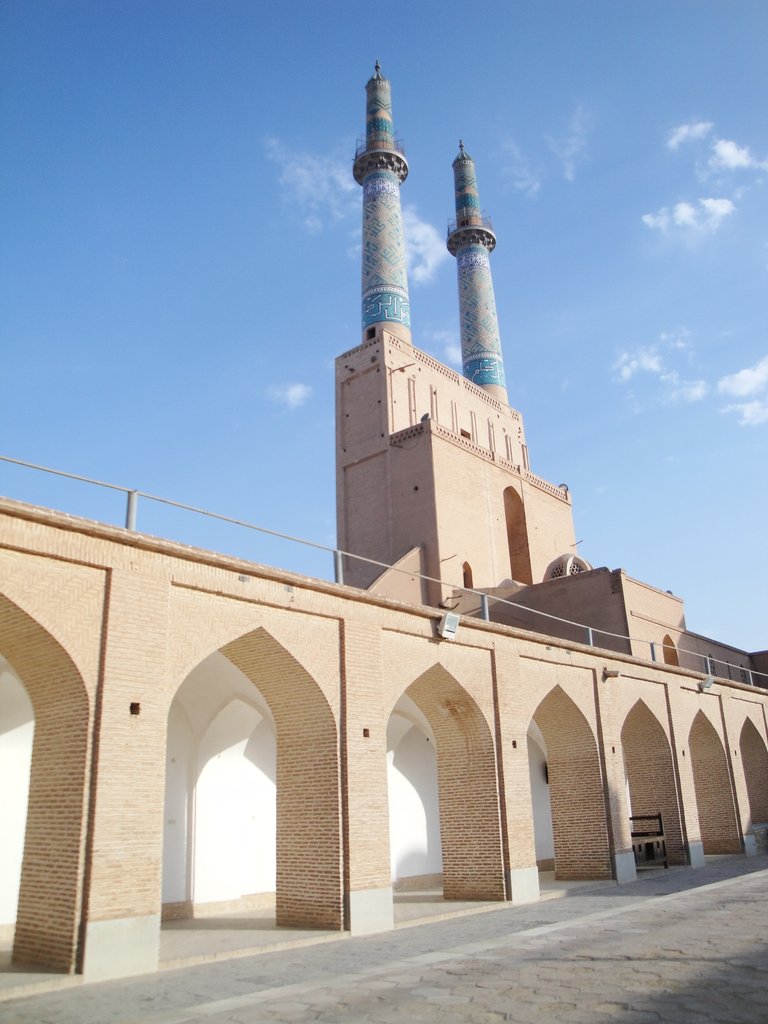

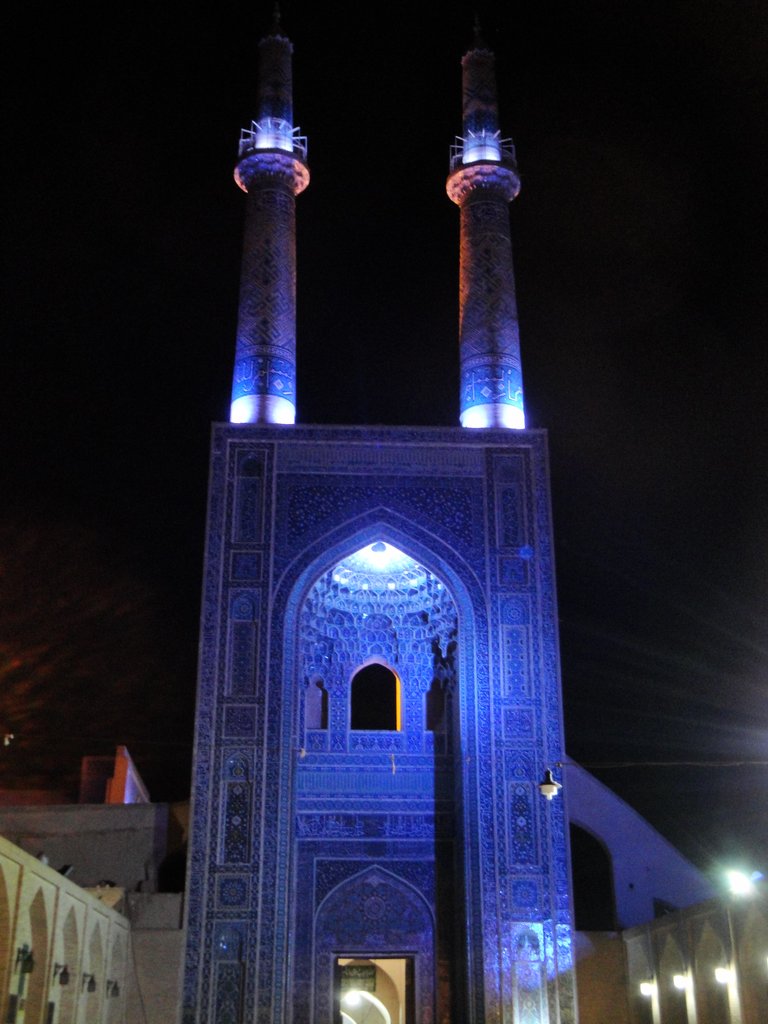
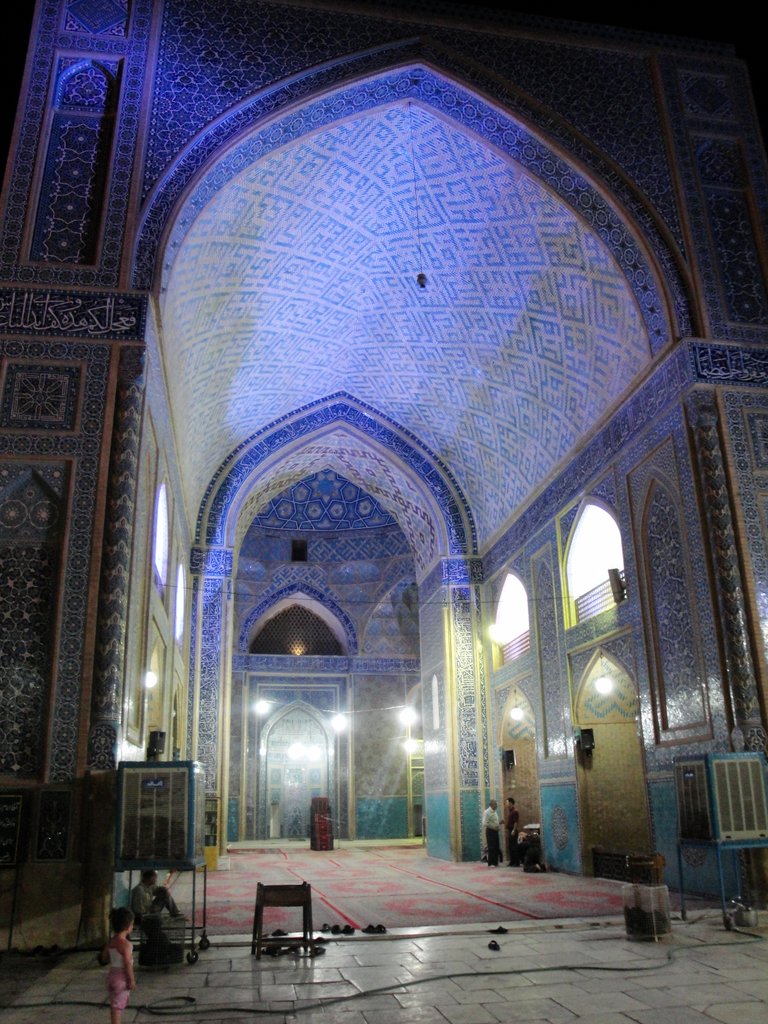
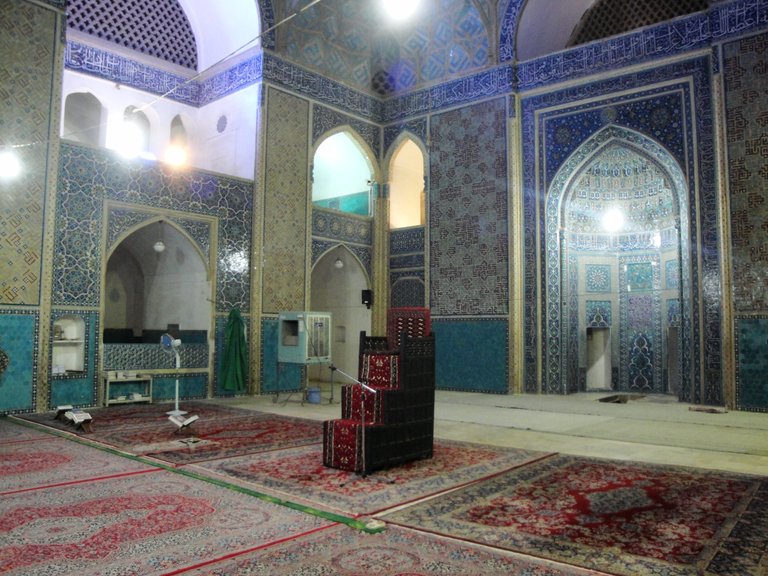
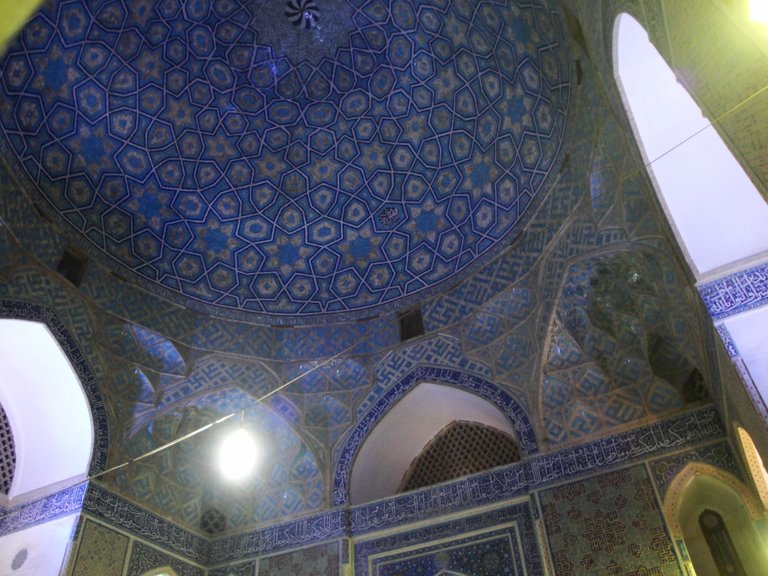
Congratulations @olusiu! You received the biggest smile and some love from TravelFeed! Keep up the amazing blog. 😍 Your post was also chosen as top pick of the day and is now featured on the TravelFeed front page.
Thanks for using TravelFeed!
@invisusmundi (TravelFeed team)
PS: Have you joined our Discord yet? This is where over 1000 members of the TravelFeed come together to chat. Join us!
The architecture is very fascinating, so different to the one I'm used to. Thanks for sharing with us :)
!discovery 25
Congratulations, your post has been added to Pinmapple! 🎉🥳🍍
Did you know you have your own profile map?
And every post has their own map too!
Want to have your post on the map too?
👏 Keep Up the good work on Hive ♦️ 👏
❤️ @bhattg suggested sagarkothari88 to upvote your post ❤️
🙏 Don't forget to Support Back 🙏